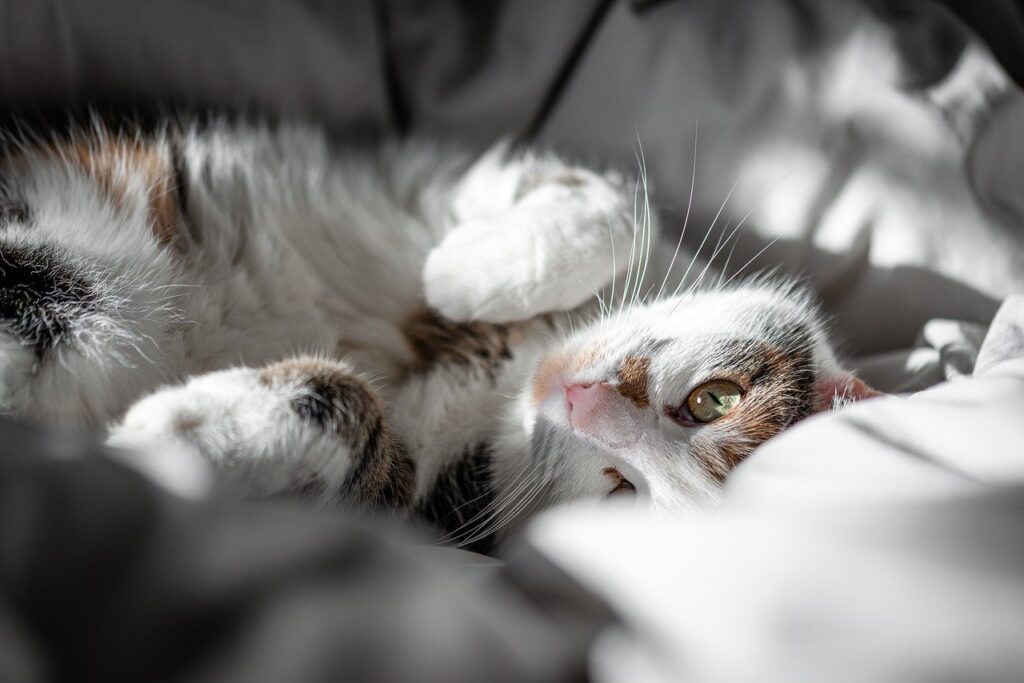Specific celebrities are also endorsing the latex clothing by using it throughout their international shows. Latex clothing is like 2nd skin. Three stages are associated with producing latex sheet based clothing. To begin with, a layout for a particular garment is chosen, and is then thoroughly adapted to fit the sizes supplied by the customer. Hereafter, latex dress is removed on a level board, by hand and then latex glue, which is mostly a rubber cement solvent based adhesive, is put on secure the joints. A knowledgeable latex manufacturer would normally take around an hour to make a stocking based on a consumer’s leg measurements.
Oriental countries consisting of Malaysia, Indonesia and a few other far eastern regions are leading world producers of natural latex. With other nations like Thailand, India, Sri Lanka, China and the Philippines having significantly increased the latex production, it is approximated that greater than 90 percent of the overall world production of natural latex now comes from Asia. With regard to synthetic latex, the majority of it is developed from 2 products, styrene and butadiene. Both are currently acquired from oil. Other synthetic latex is made from specialty materials for chemical and temperature immune applications.
Latex clothing is a fascinating and bold fashion declaration, adored by those that seek unique styles. Whether you’re discovering fashion patterns or considering new methods of self-expression, latex clothing can be an electrifying addition to your wardrobe. Accept the allure of latex and venture into this lively and varied realm of fashion!
Liquid latex is also made use of to provide unique patterns to clothing. Air drying is a more suitable method utilized in liquid latex. Following this, liquid latex can be put on sheet latex clothing to add unique patterns and designs which can be peeled the sheet latex later. However, when the liquid latex is made use of straight on fiber, it can give irreversible outcomes. When liquid latex is spread out on a fibrous material, it often tends to move both around, and with, the individual fibers of the material. The latex sticks very securely and is permanent.
The need for latex clothing gets on increase, as an increasing number of customers are ready to experiment with style. Latex is now seen as elegant and elegant, which has resulted in developers daring to launch more latex garments on ramp and in stores. However, the natural latex’s production has failed to satisfy the growing demand, and therefore, today two-thirds of the world’s latex is synthetic. However, with the current intro of epoxidized natural rubber that chemically treats natural rubber, this fad might be turned around. The synthetic production is also witnessing modifications that have made the procedures more efficient, much less pricey, and much less polluting.
It shines, but it is not gold! It shimmers, yet it is not diamond! It has been spotted throughout bridges and has gotten in haute couture. What is it? It is Latex clothing that has actually crossed the limits and is no more restricted to diapers, straps, surgical handwear covers and so on. Latex, was previously considered or for those who were bold to experiment, today the contemporary designers have actually generated styles including loosened equipped garments, that has made latex a desirable must-have in anyone’s wardrobe.
Latex clothing describes a series of garments made from natural or synthetic latex rubber. The material originates from the sap of the rubber tree, which undertakes an intricate manufacturing process to produce the stretchy and glossy material we identify today. Latex clothing is frequently identified by its second-skin fit, high-gloss coating, and its capacity to improve the contours of the body.
In addition to latex sheet, latex moulded clothing is also made use of. The later is generated by submersing a cast or a mould into a container of liquid rubber. However, the raw liquid latex calls for a lot of preventative measures and it should be ensured that the thickness of the latex corresponds throughout the procedure. Inappropriate moulding techniques can result in inconsistent density in the latex, triggering it to stop working at the weak points. This has actually resulted in a major preconception against moulded latex garments, in favour of sheet latex versions.
When textile is coated with liquid latex, it becomes much stiffer. Fabrics with loose fit are not very good candidates for finishing because the material tends to extend of shape, and then keeps that unnatural shape as the latex dries out. The most effective readily available alternatives that can be coated with liquid latex are the fabrics that are stretchable like spandex or elastane; any other body-fit garment is also a great option to layer with liquid latex. Thick fabrics like jeans and well woven fabrics also provide impressive results when coated with latex. Other fabrics like nylon and non-stretchable great synthetics can also be coated with liquid latex, yet the latex should soak properly for far better outcomes.
Subscribe to Updates
Get the latest creative news from FooBar about art, design and business.
Previous ArticleKripto Para Dünyasında Kazanç Yolları
Next Article Here’s A Fast Way To Fix The Latex Clothes Problem
